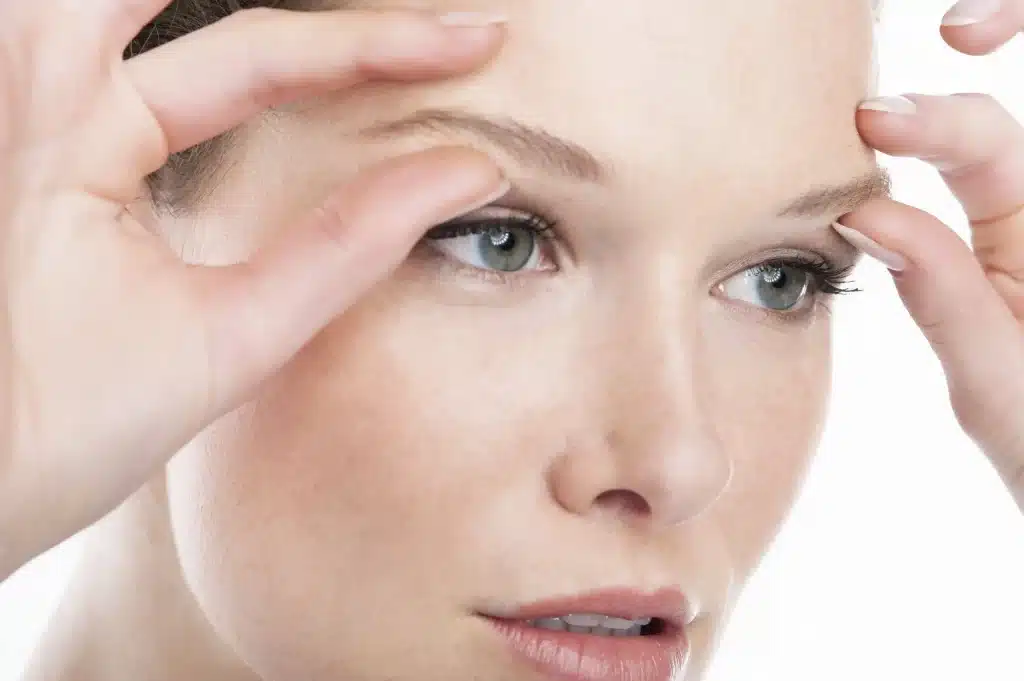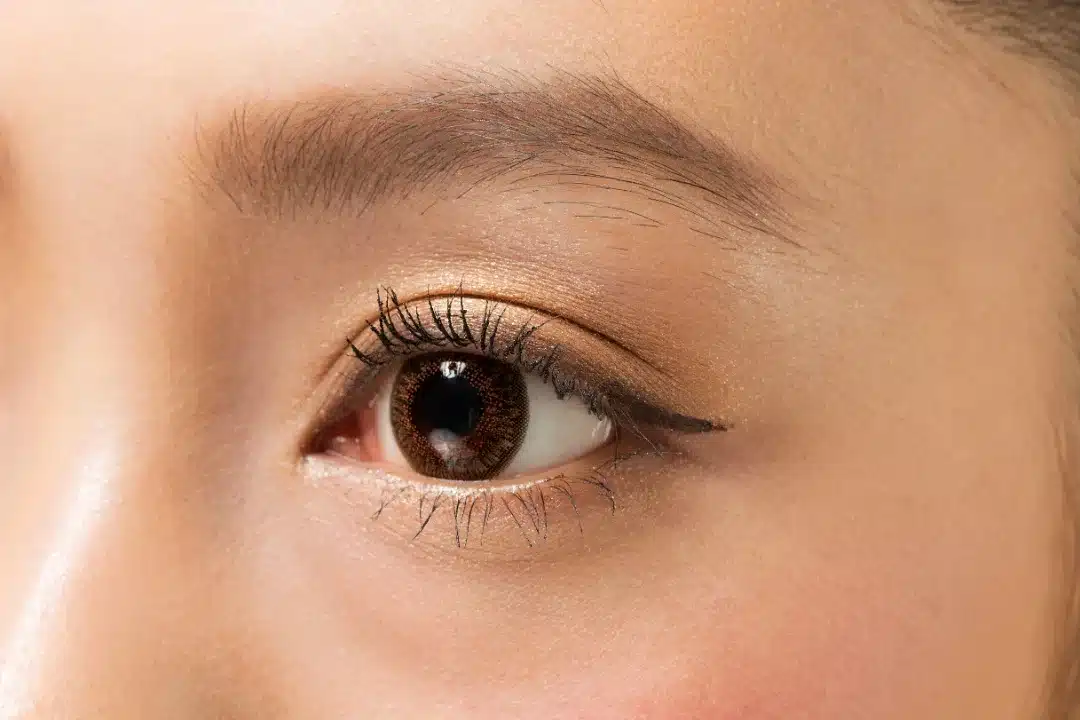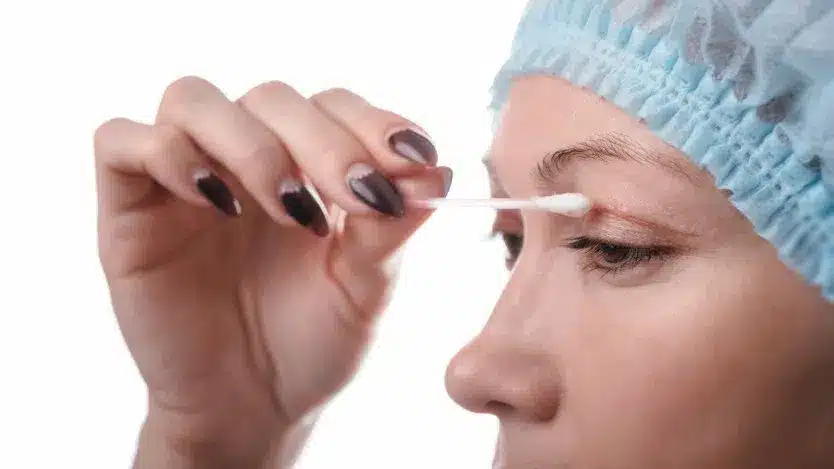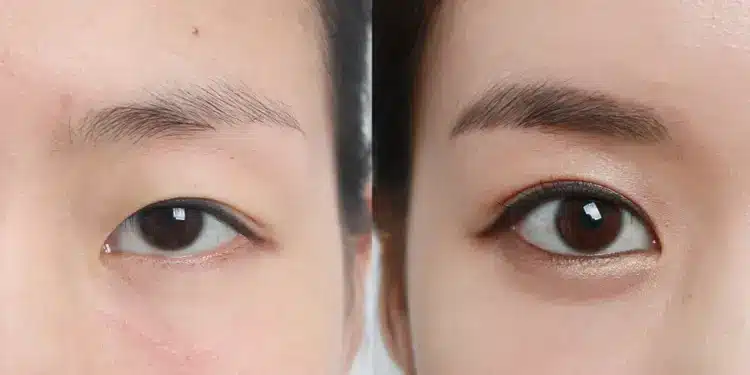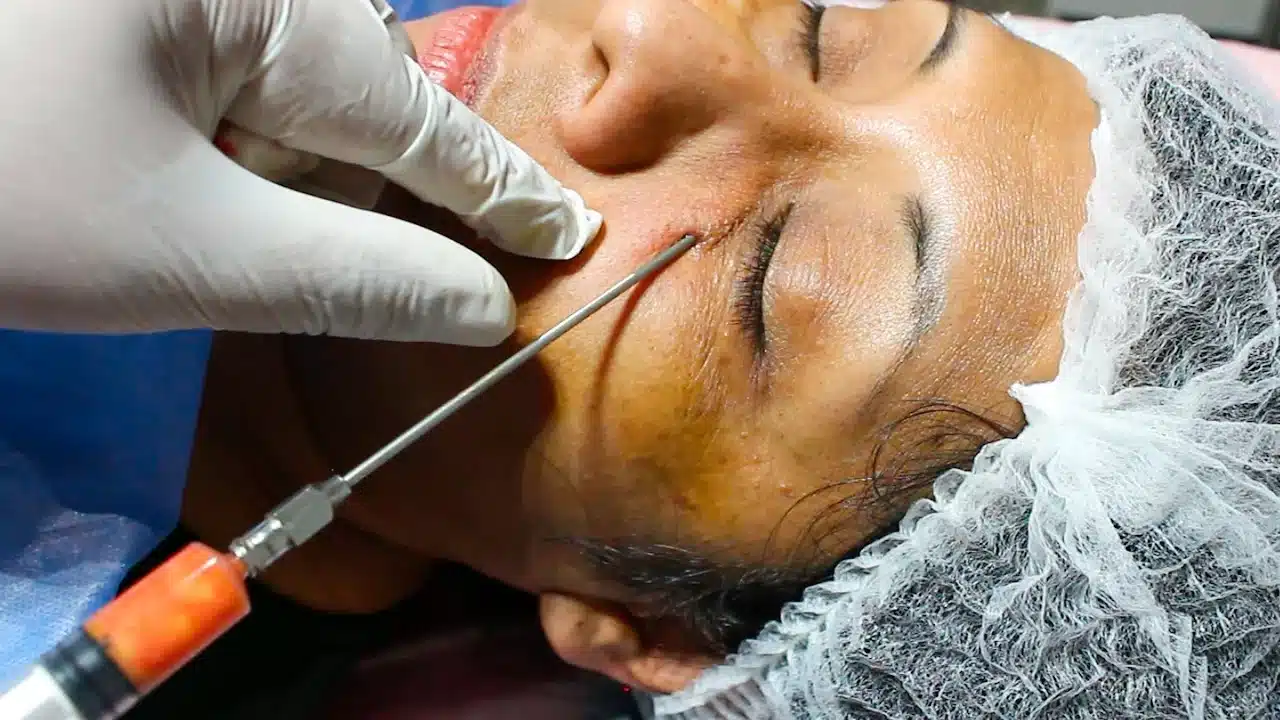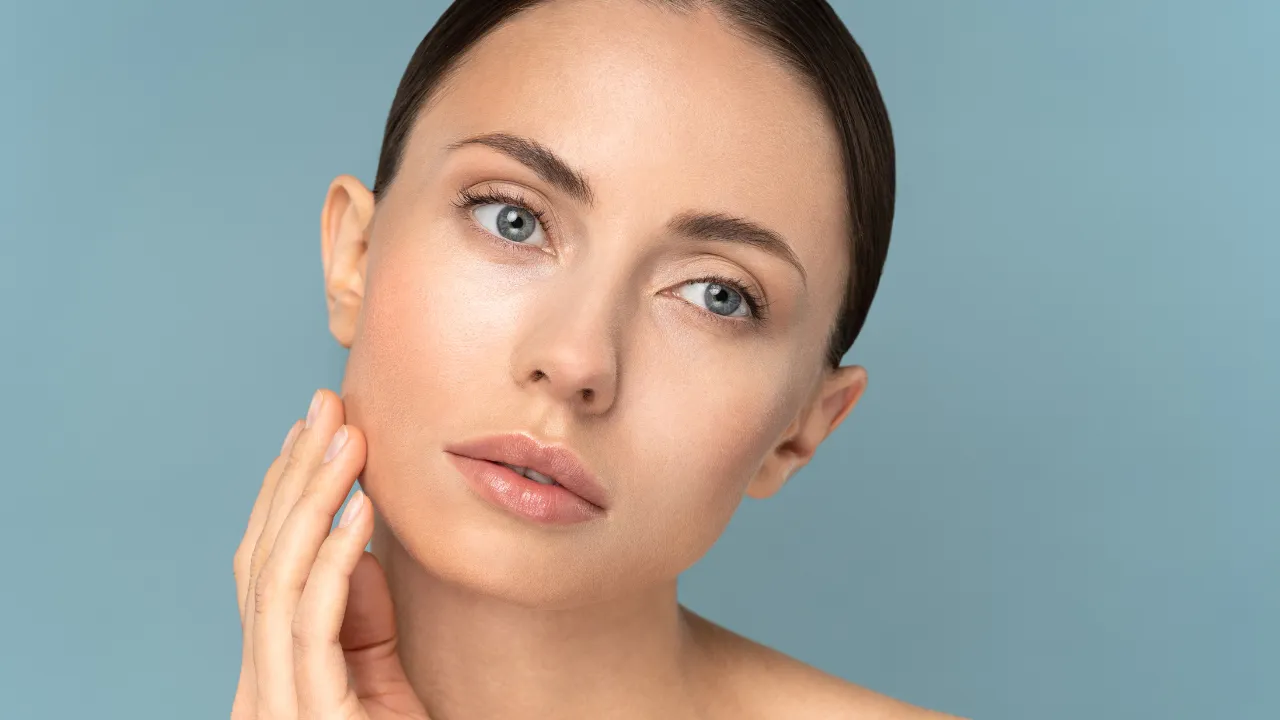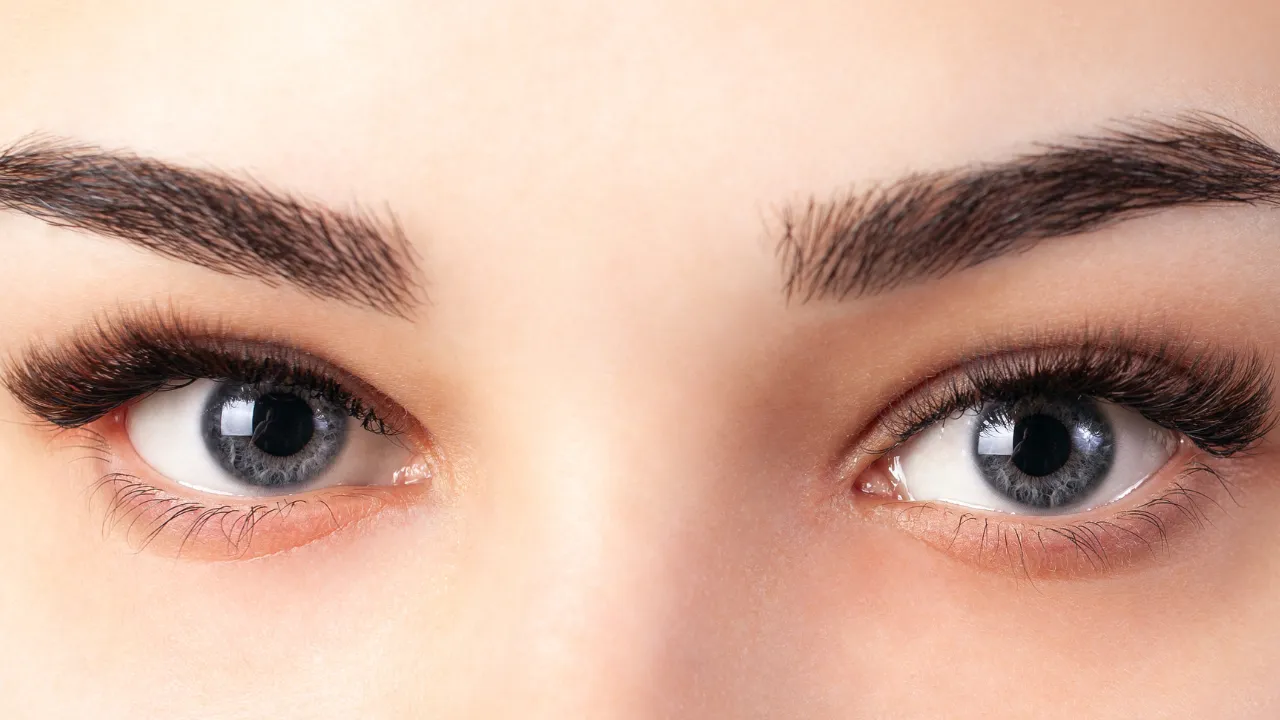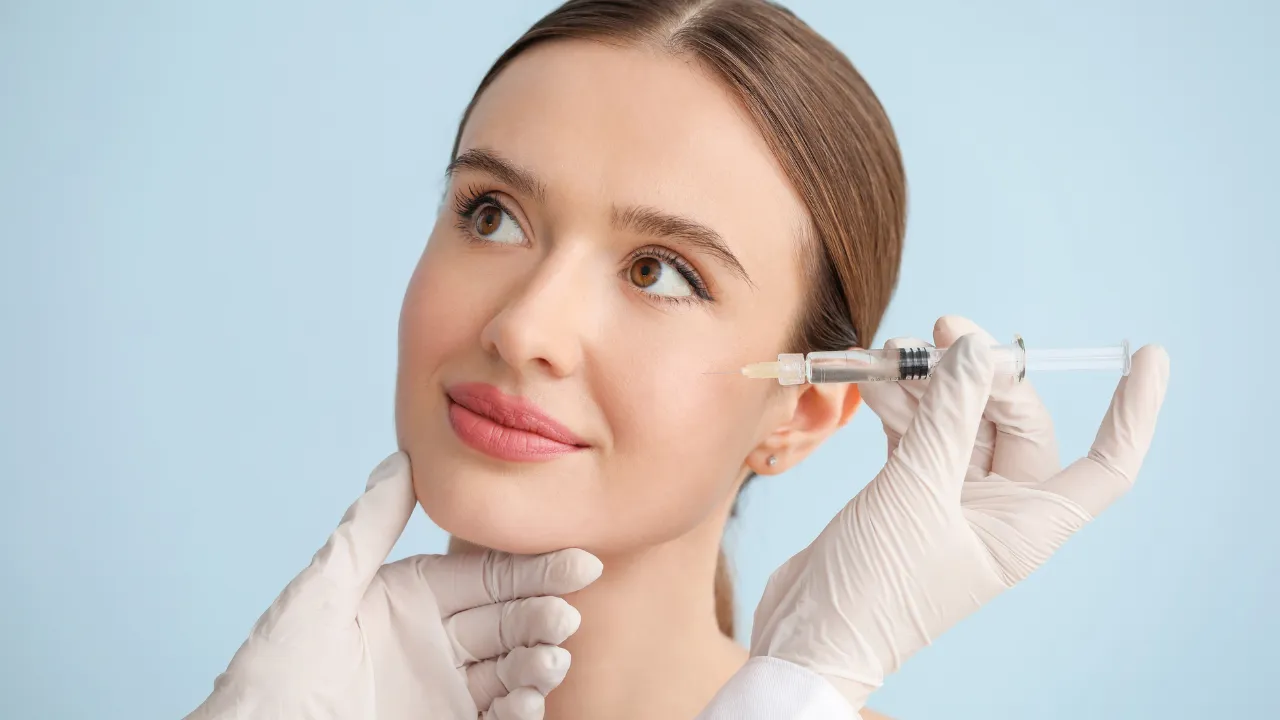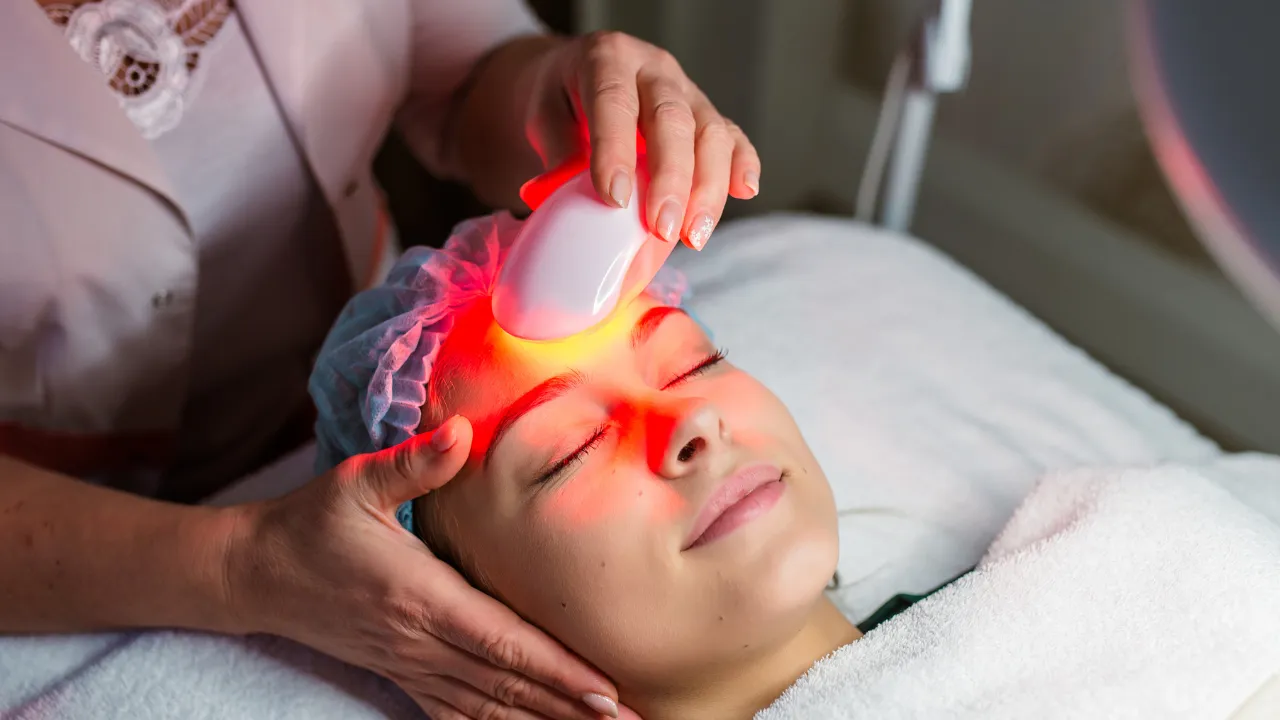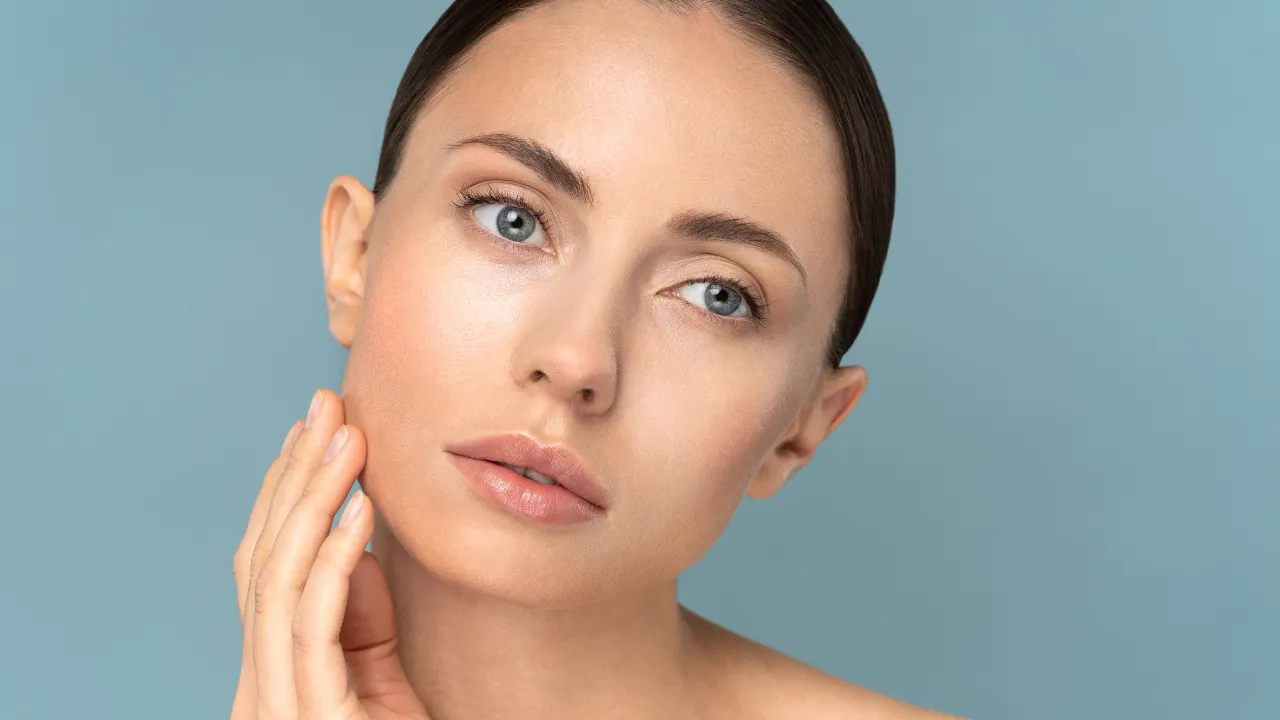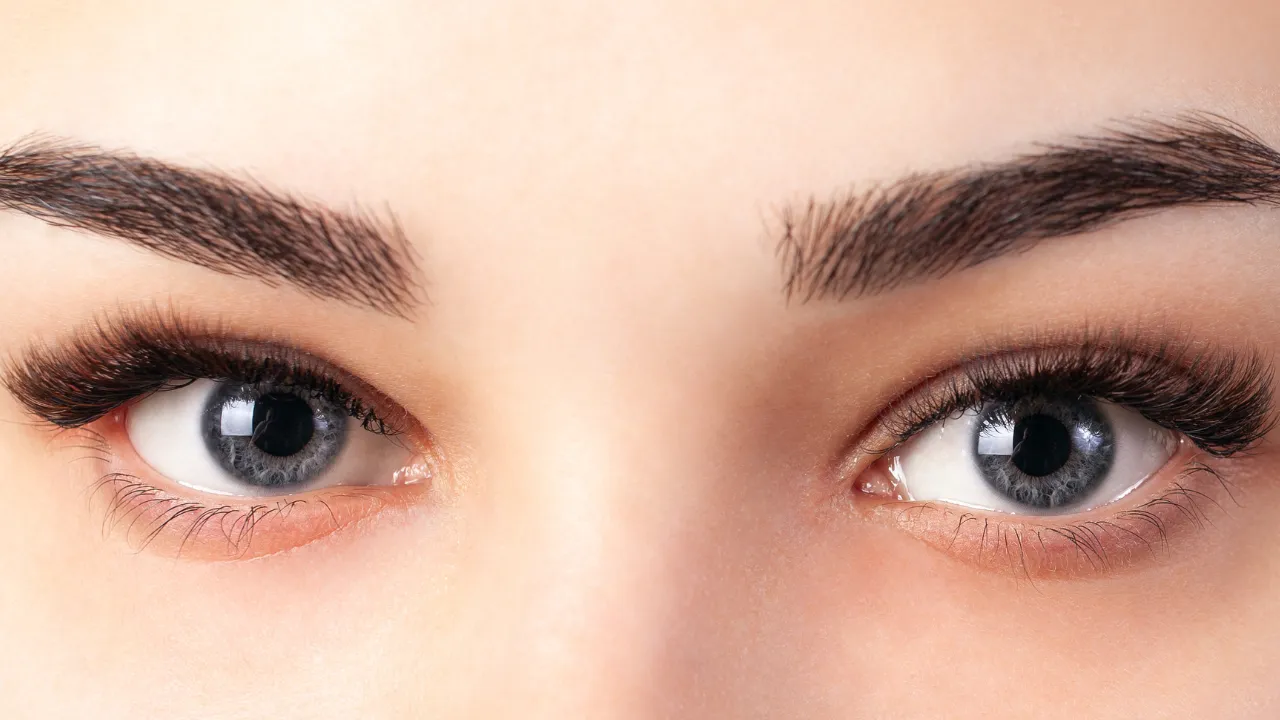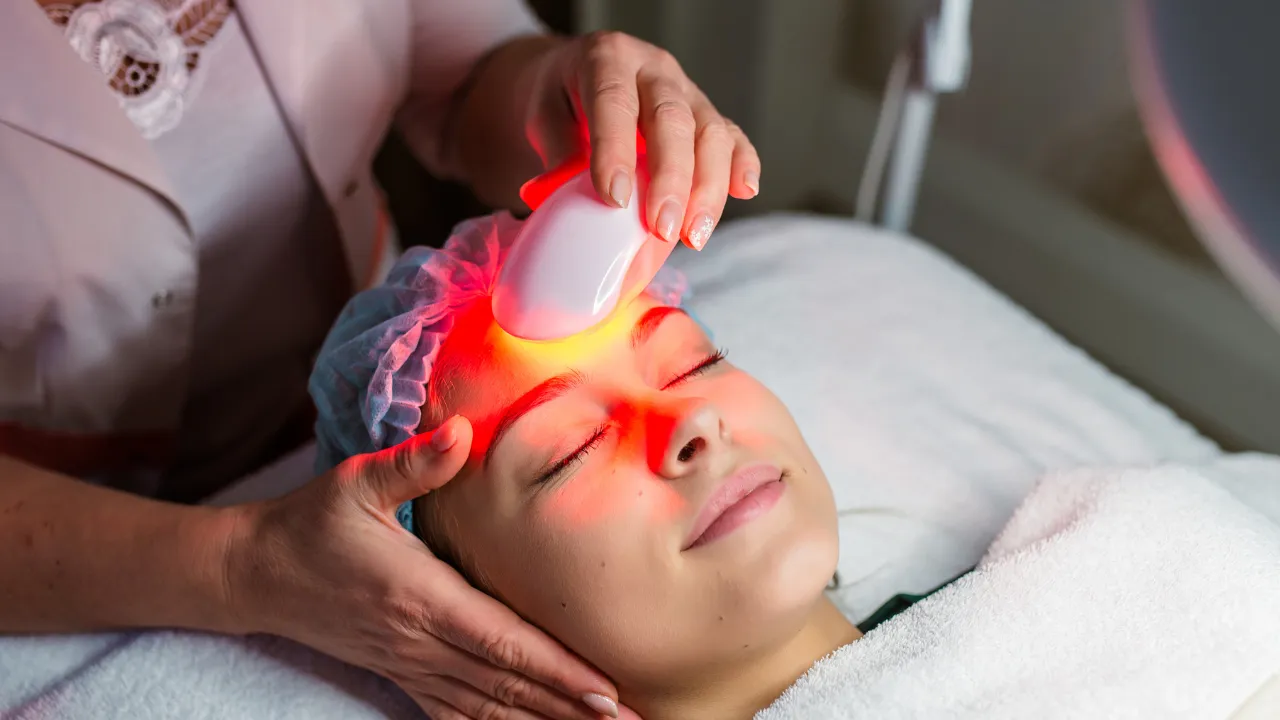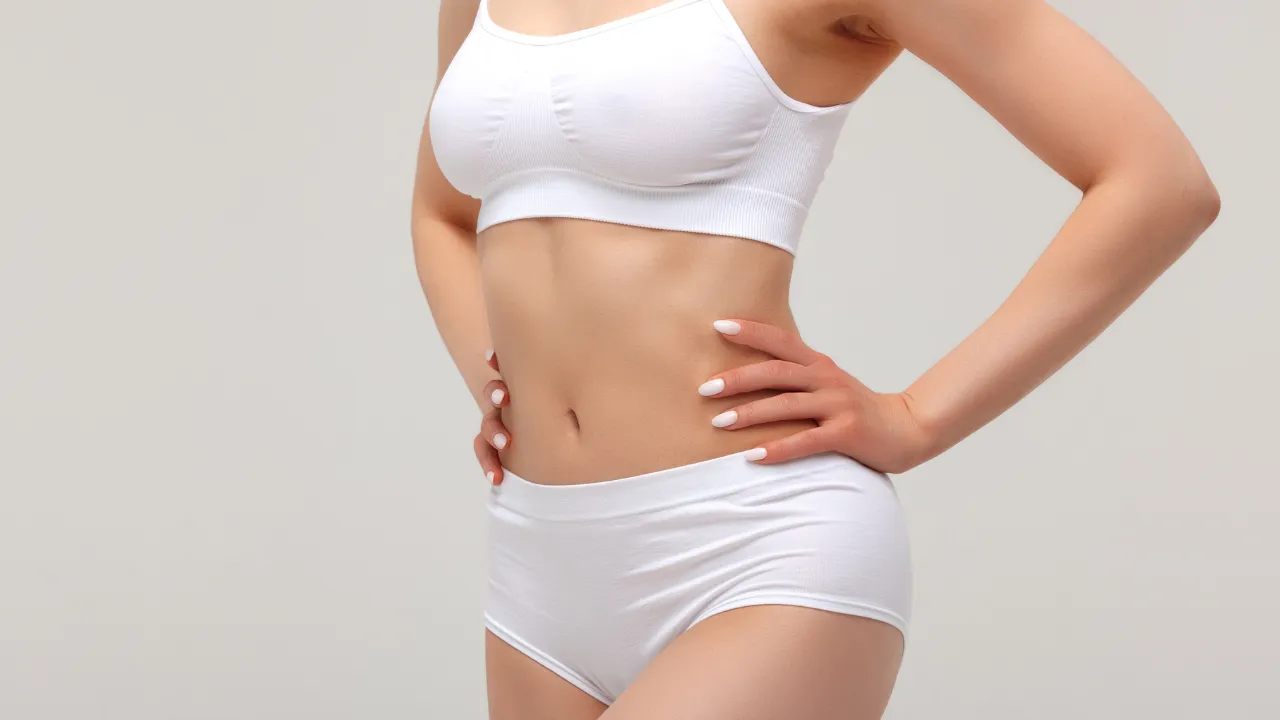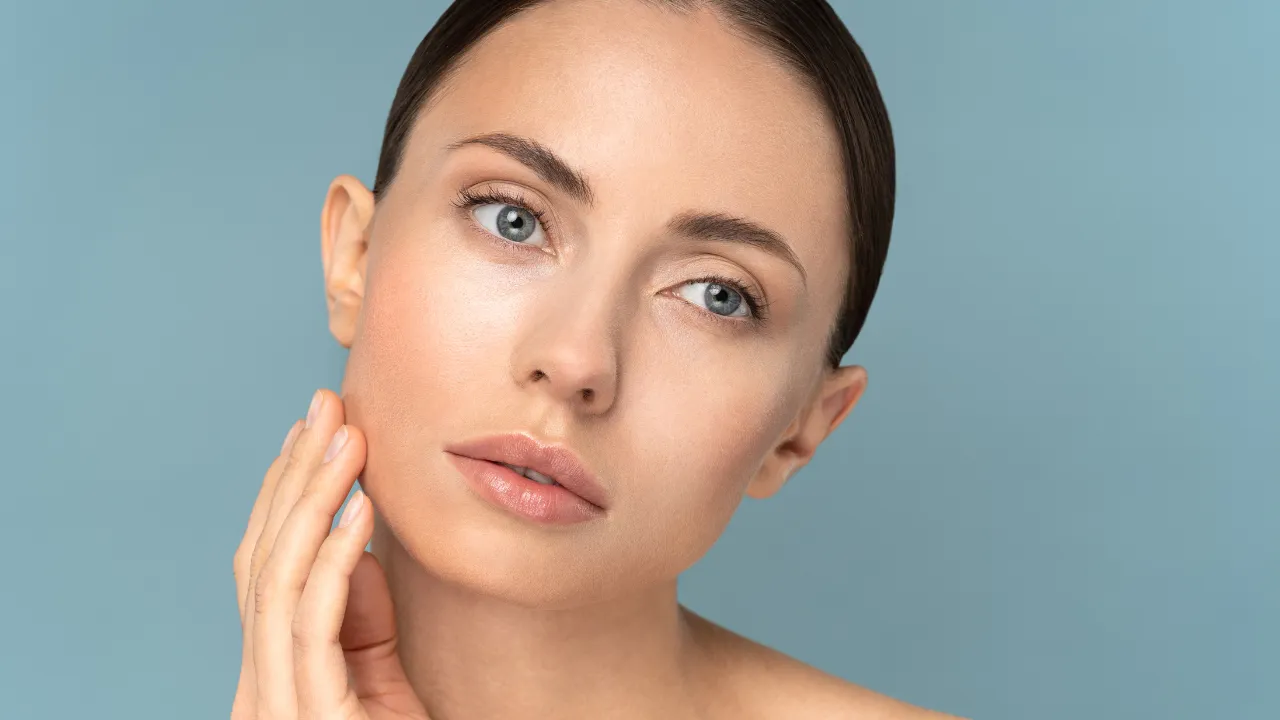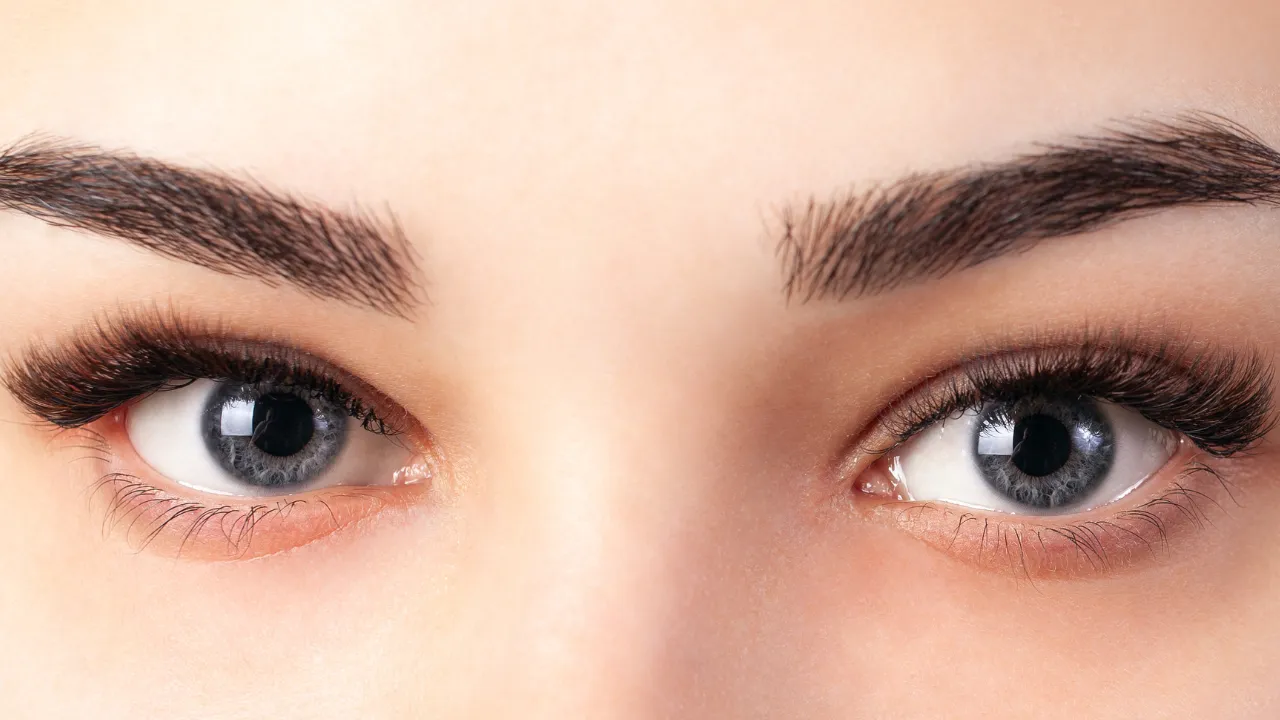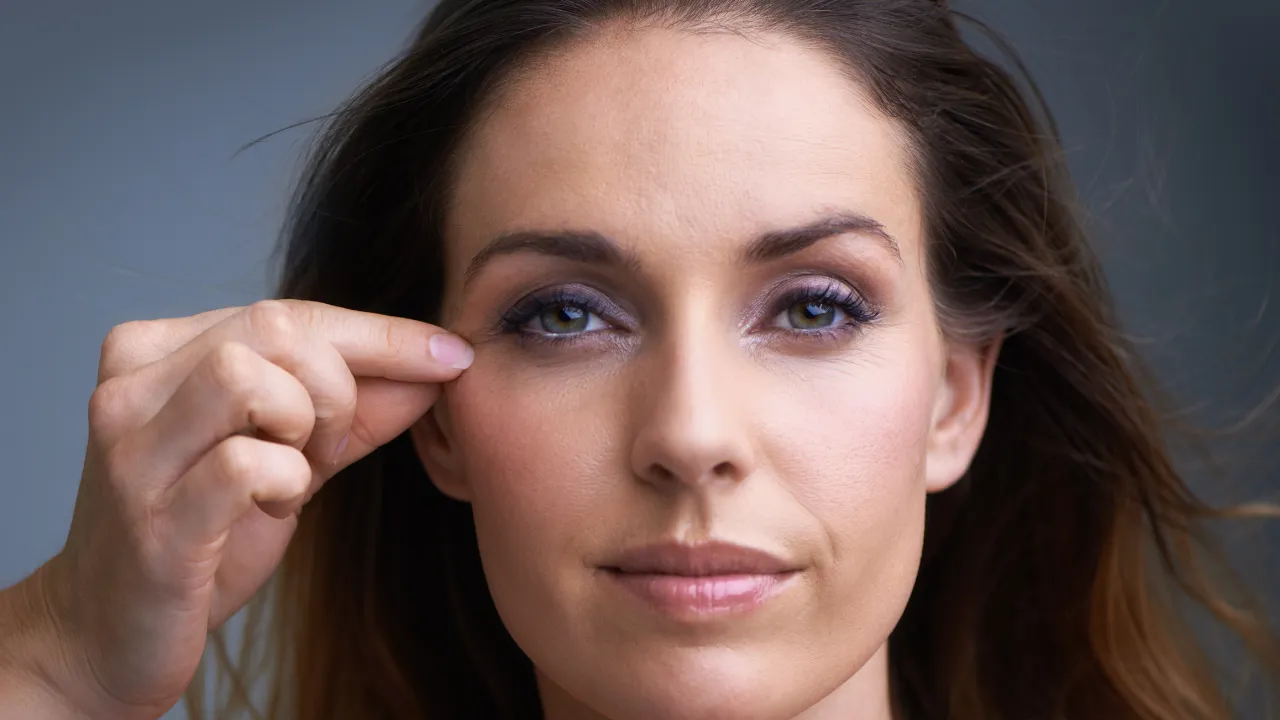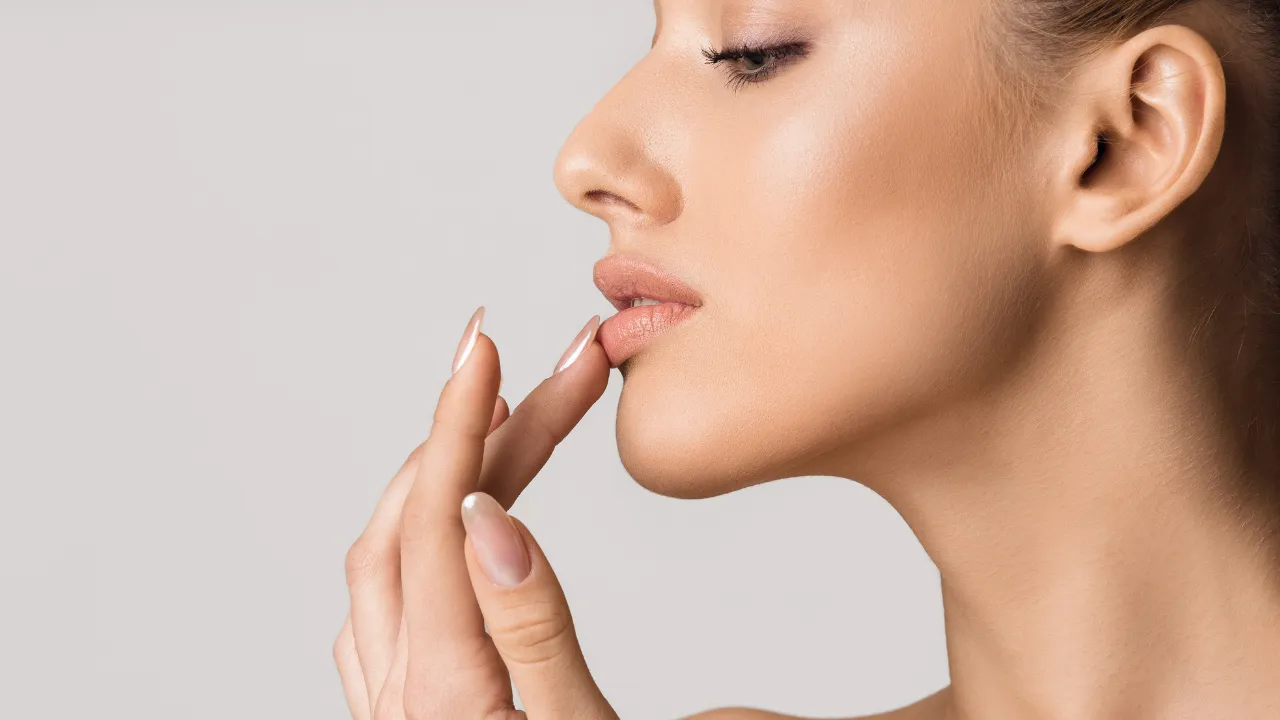At Kopelman Aesthetic Surgery in New York City, Dr. Joel Kopelman, an expert in facial and oculoplastic surgery, often addresses questions about pulling eyelids.
This habit can be harmless or linked to medical conditions, and it may also carry cultural meanings. Understanding the cause is essential to know when it is safe and when to seek care.
Key Takeaways
- Pulling of eyelids can have both medical causes, such as ptosis or eye strain, and cultural meanings that vary across countries.
- Occasional eyelid pulling is usually harmless, but frequent pulling can lead to irritation, infection, or long-term changes in eyelid position.
- Understanding eyelid anatomy helps explain why pulling can temporarily improve vision or relieve discomfort in some cases.
- Consulting an oculoplastic specialist like Dr. Kopelman is recommended if the habit is persistent, causes symptoms, or is linked to vision changes.
Table of Contents
ToggleUnderstanding Eyelid Anatomy and Function
The eyelid is made up of skin, eyelid muscles, and connective tissue. Its main role is to protect the front of your eye from debris, injury, and excessive light. Small muscles, such as the levator and orbicularis oculi, raise and close the eyelid to help maintain clear vision and eye moisture. These movements are also coordinated by facial nerves, which control the blinking reflex.
Pulling on the eyelid temporarily changes how these muscles and tissues work. This can adjust how light enters the eye or relieve tension in the upper eye area.
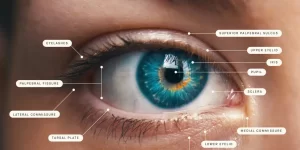
What Pulling of the Eyelid Does and Means
What does eyelid pulling do?
Pulling an eyelid changes the way light enters the eye and how the eyelid covers the eye surface. This may temporarily improve focus or relieve heaviness.
Eyelid pull meaning in different contexts
In some cultures, it signals disbelief or sarcasm. In others, it is used to get attention or indicate alertness. Context determines how it is interpreted.
Expanded Cultural Perspectives
In Turkey, pulling down the lower eyelid can suggest suspicion or disbelief. In Poland, it can convey a playful warning or caution. Recognizing these differences can help avoid misunderstandings.
Medical Causes and Concerns
Pulling eyelids down, up, out, and back
- Downward pulling may occur to relieve itchiness.
- Upward pulling may lift a drooping lid.
- Pulling out can be a habit linked to discomfort.
- Pulling back can slightly alter the vision.
Upper eyelid pulling explained
Often associated with drooping (ptosis) or eyelid fatigue from aging, muscle weakness, or nerve issues.
Insights from Clinical Research
A study on five children found symptoms resolved within two weeks for most cases, with no serious eye disease detected. Follow-up over six to fifteen months showed no recurring problems.
Why can vision improve when pulling eyelids back?
By stretching the eyelid, the field of vision can widen temporarily, especially in drooping lids.
When to seek medical advice
Seek care if pulling is frequent, linked to pain, swelling, or vision changes.
Diagnosis and treatment by specialists
An oculoplastic surgeon like Dr. Kopelman can identify causes and recommend non-surgical or surgical solutions such as blepharoplasty.
Possible Complications of Frequent Eyelid Pulling
Potential risks include:
- Stretching of eyelid skin and muscles
- Increased irritation or infection
- Gradual eyelid position changes
- Conditions where the eyelid turns inward or outward, which can affect comfort and vision
Real-Life Scenarios
- A mild ptosis patient lifting the upper eyelid to read.
- A child using the Akanbe gesture in play.
- Worker pulling the lower eyelid during screen use.
Exercises and Habits
Do eye-pulling exercises work?
No strong evidence supports muscle strengthening or vision improvement.
Risks of repeated eyelid pulling
Repeated pulling can irritate skin, loosen tissue, and raise infection risk.
Prevention, Safer Alternatives, and Eye Health
Safer alternatives to eyelid pulling
- Lubricating eye drops or artificial tears for dryness or irritation
- Blinking exercises
- Screen time and lighting adjustments
Protecting eyelids and vision
Wearing sunglasses, keeping hands clean, and avoiding rubbing reduce risks.
Healthy eye habits
Balanced nutrition, hydration, and regular eye exams support long-term health.
Quick Self-Check for Eyelid Health
Ask yourself:
- Does pulling improve vision only temporarily?
- Does relief fade quickly?
- Is it linked to swelling or irritation?
If you answered yes to any of these, consider taking an exam with Dr. Kopelman.
Discussing Eyelid Pulling
Combining medical facts with cultural insights
Knowing both the physical and cultural sides allows clearer communication.
Keeping explanations clear and accessible
Dr. Kopelman often explains causes and meanings so patients fully understand.
If you have concerns about pulling of the eyelids or notice changes in your vision or eyelid appearance, schedule a consultation with Dr. Joel Kopelman at Kopelman Aesthetic Surgery.
His expertise in eyelid surgery and facial aesthetics ensures you receive a thorough evaluation and personalized care.

